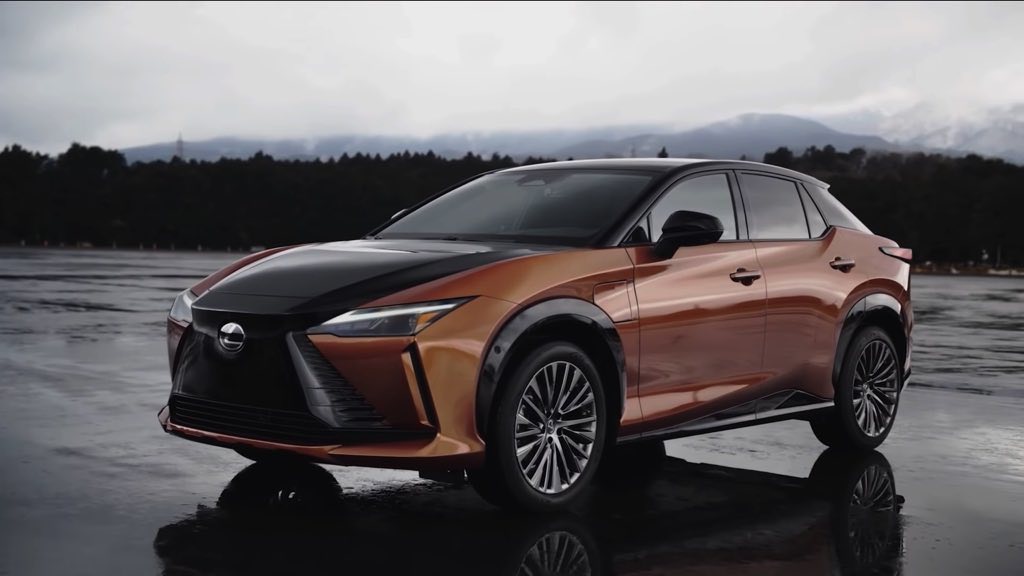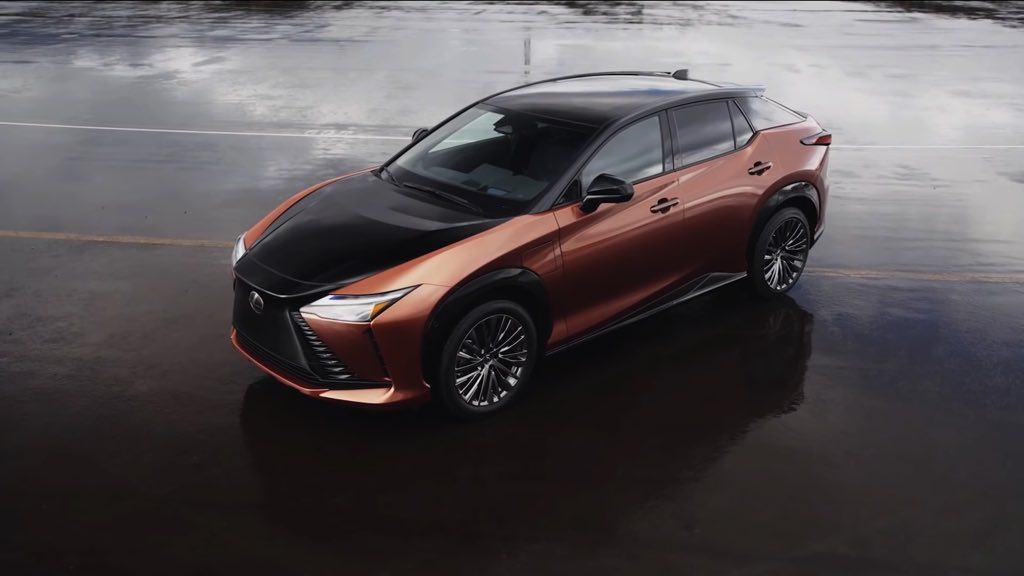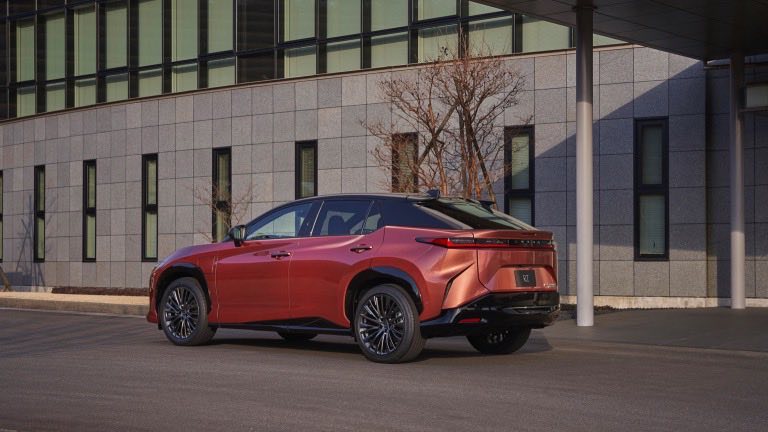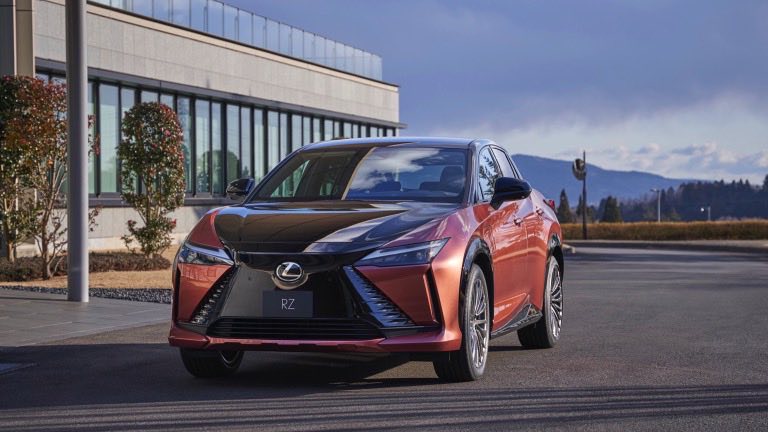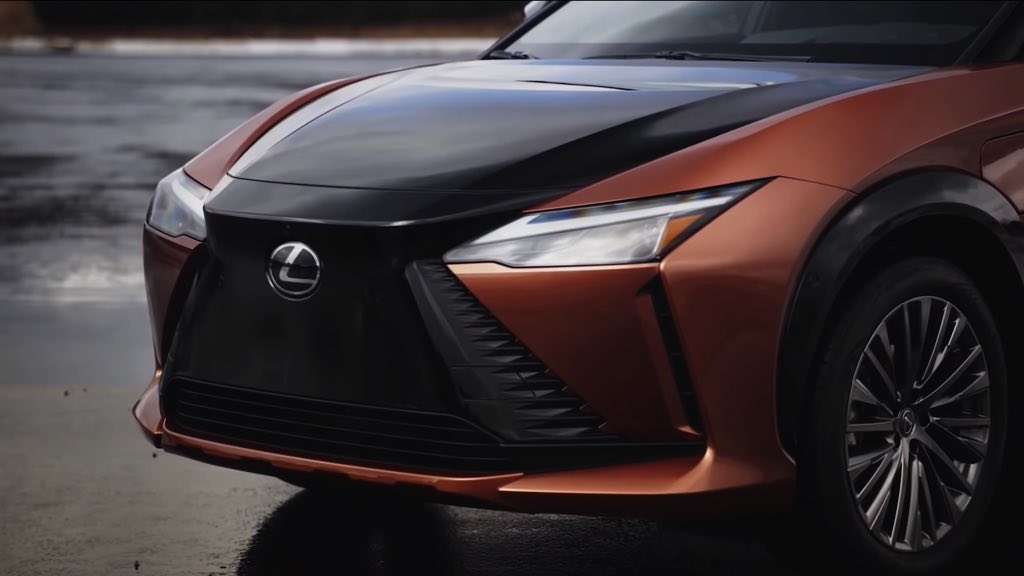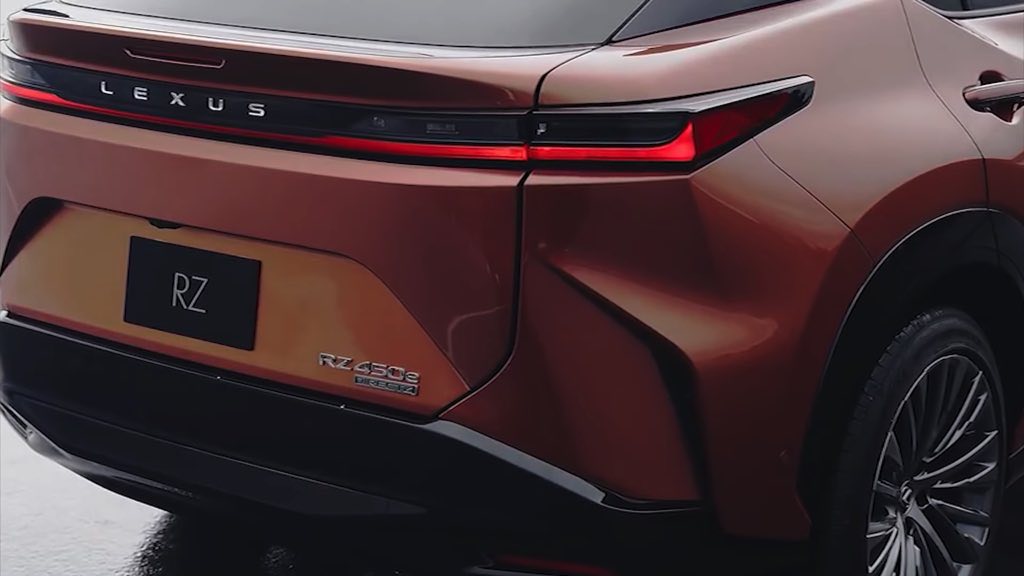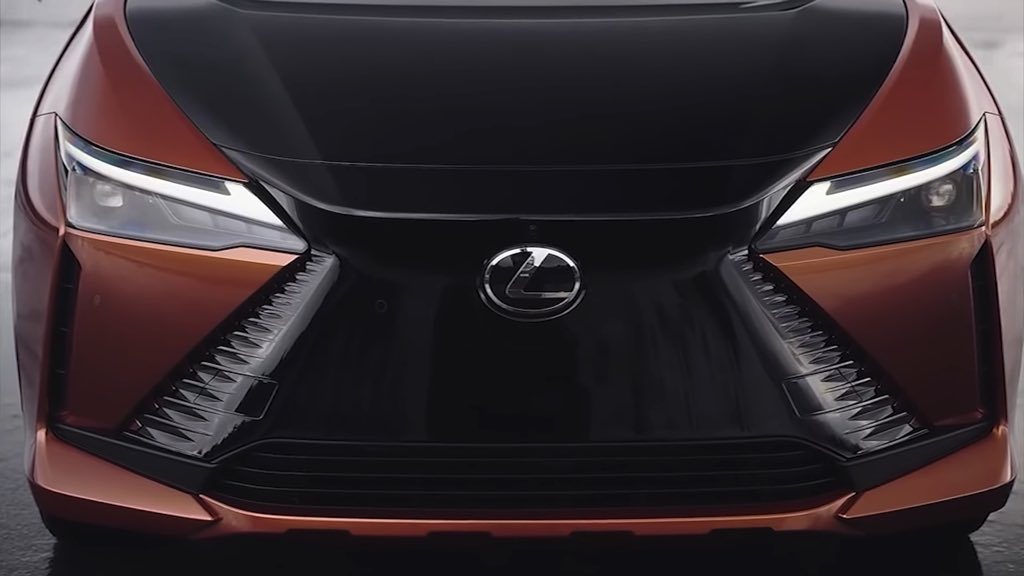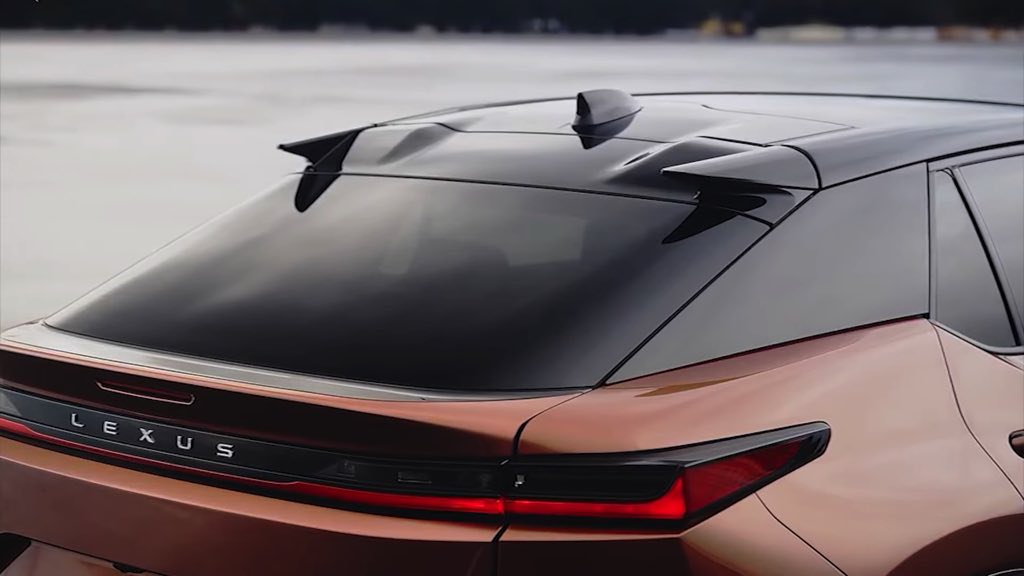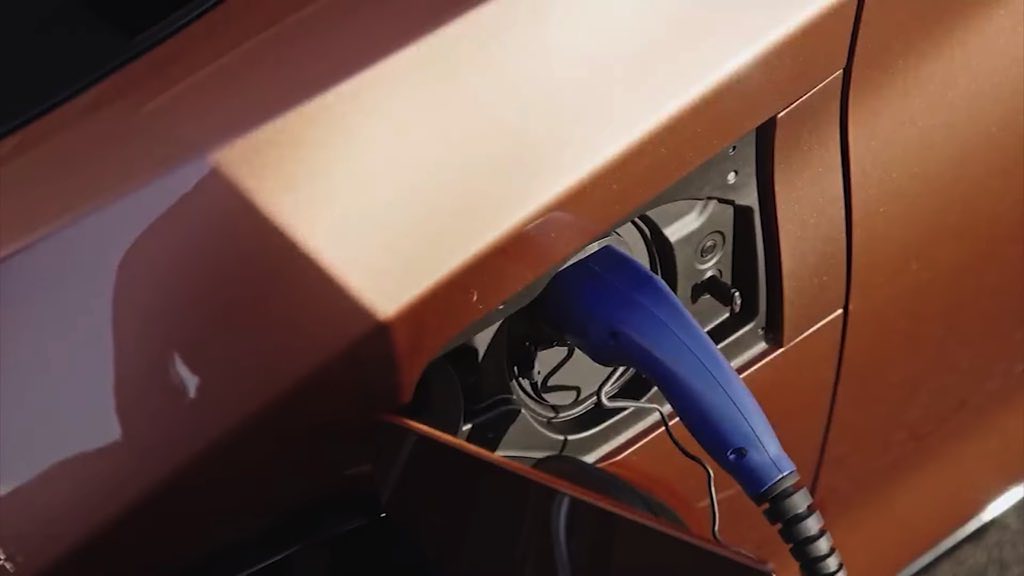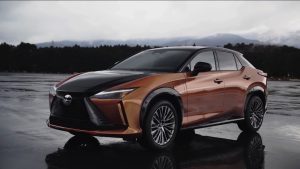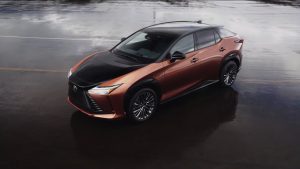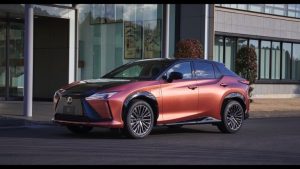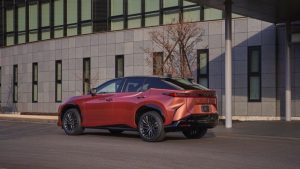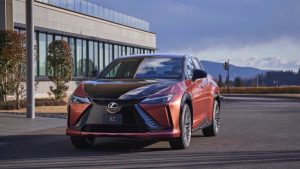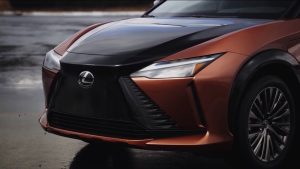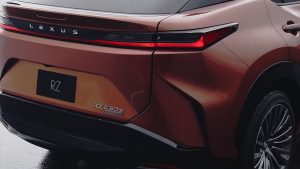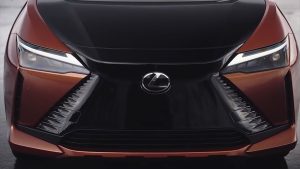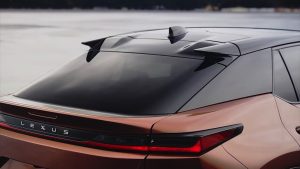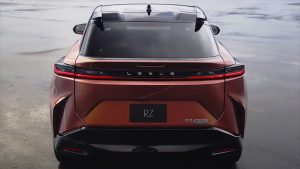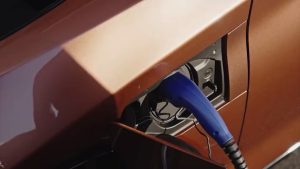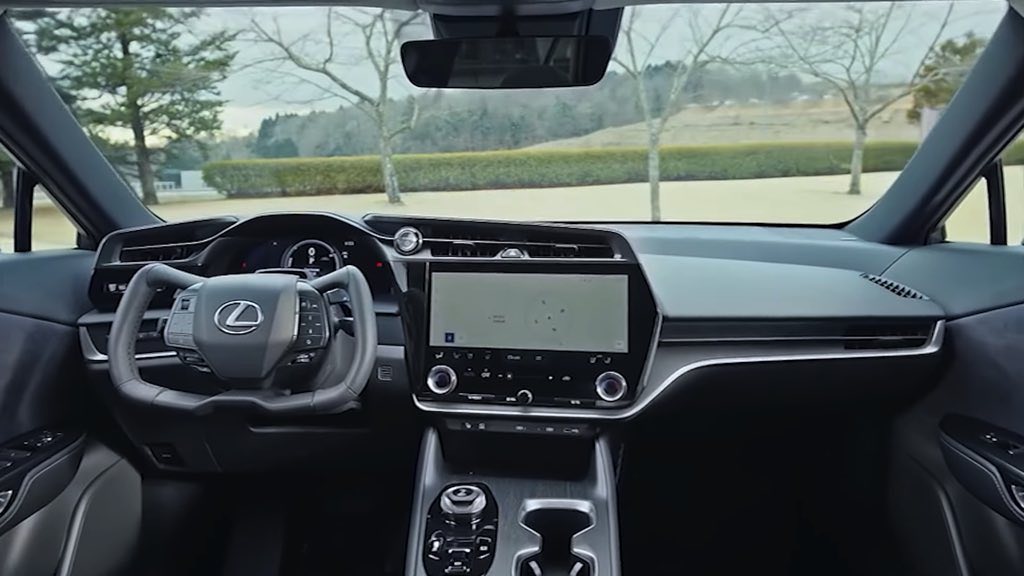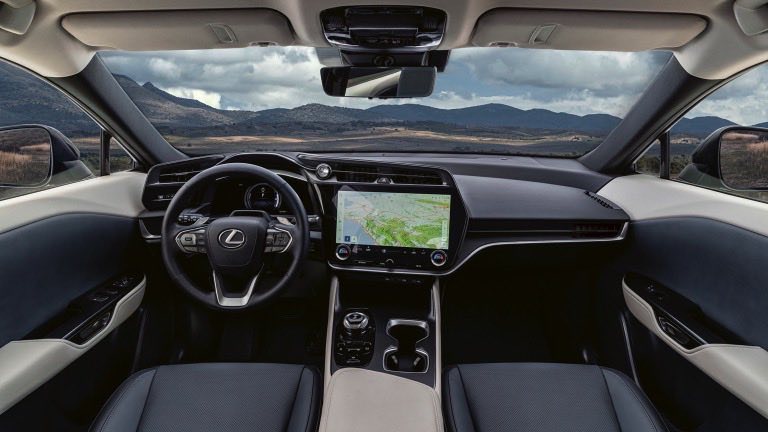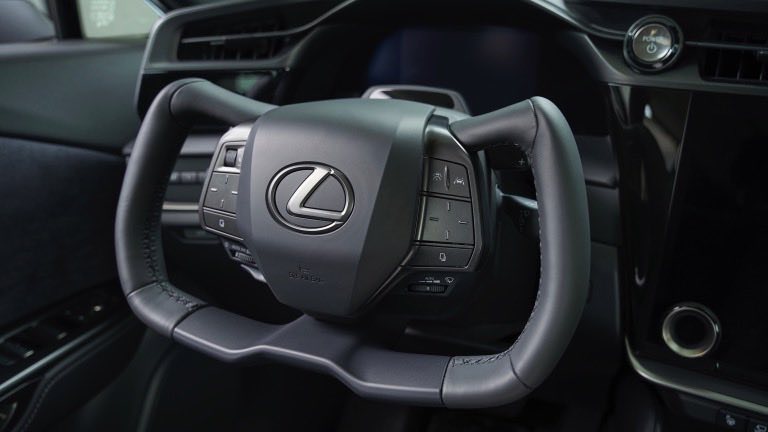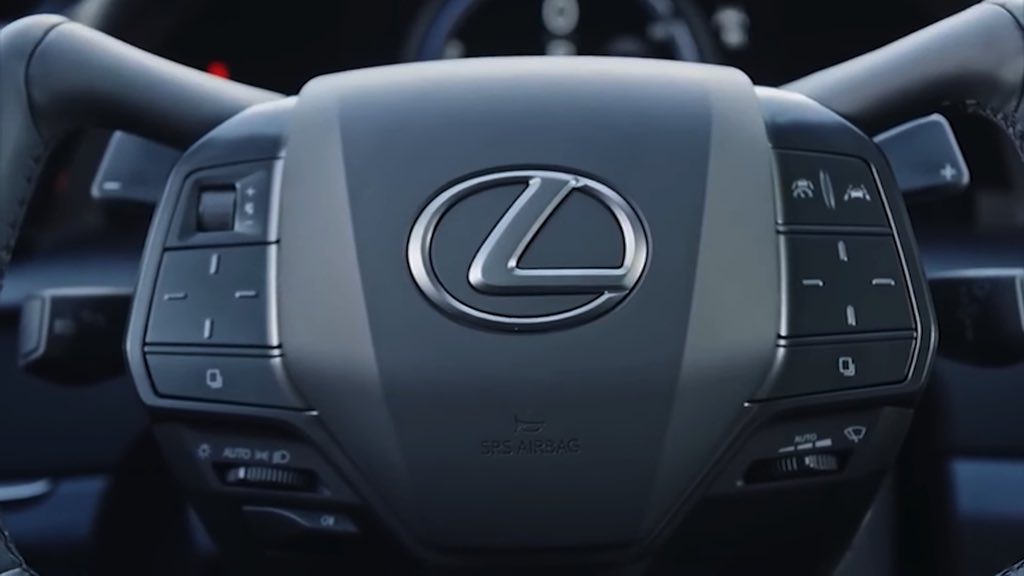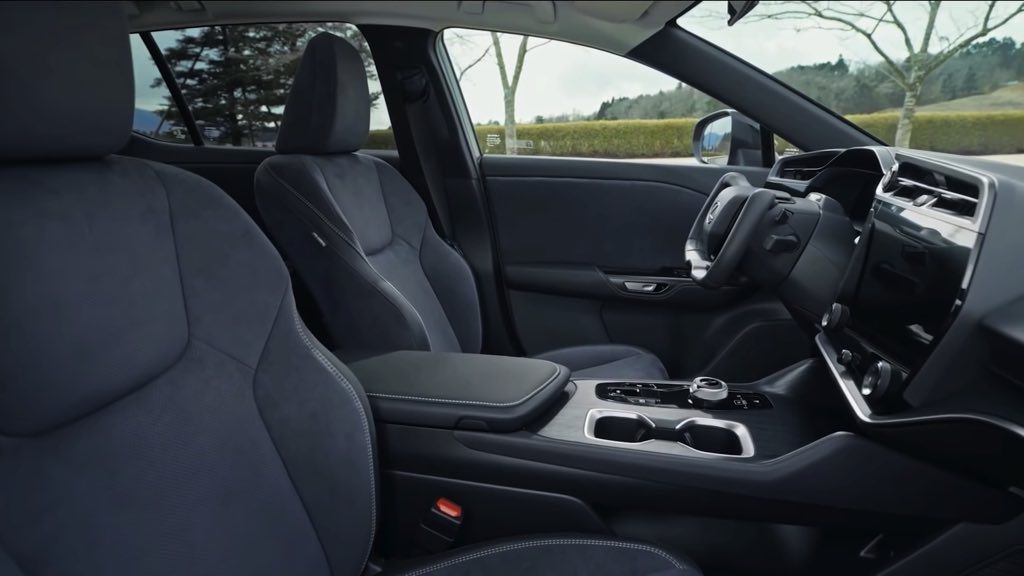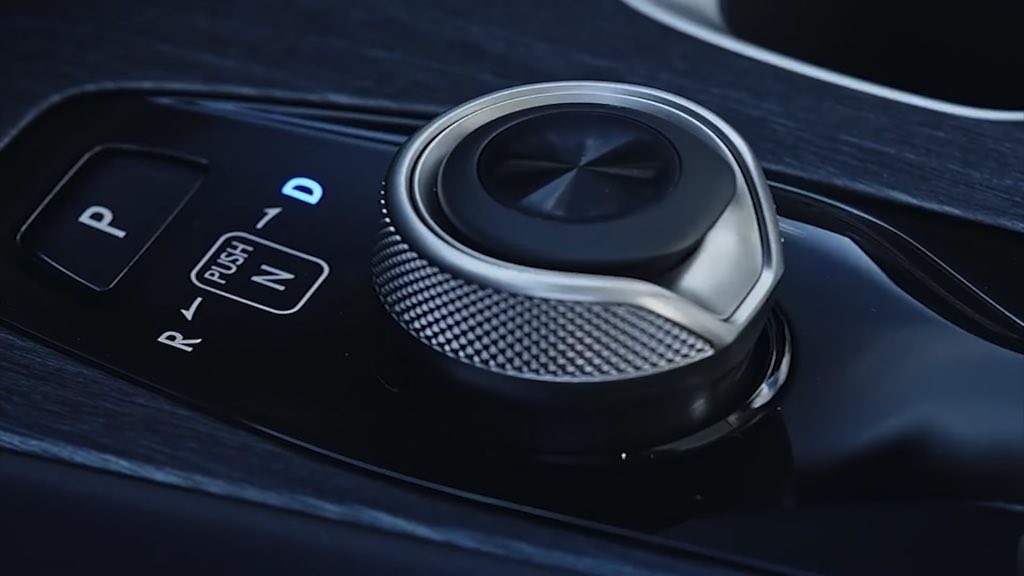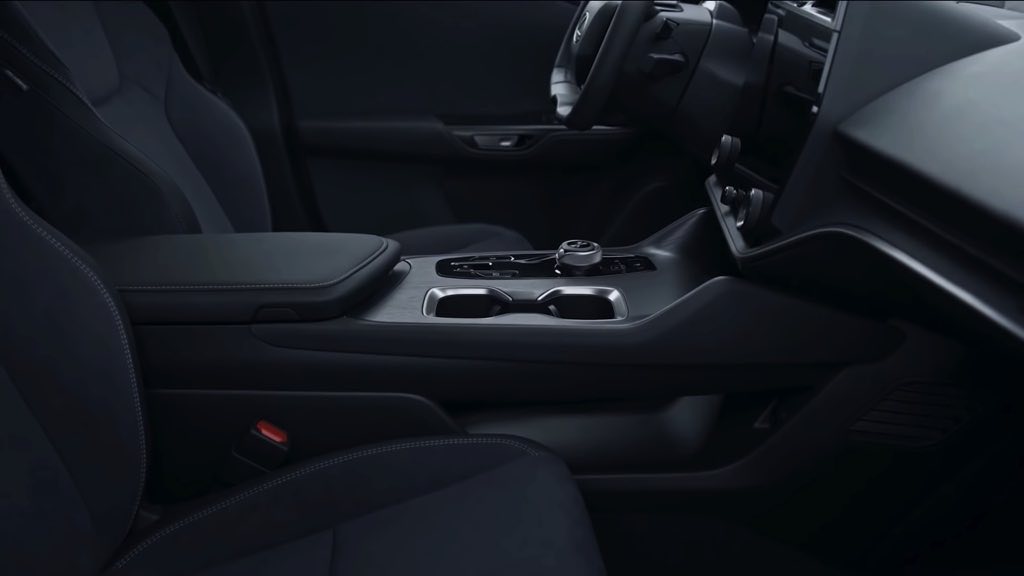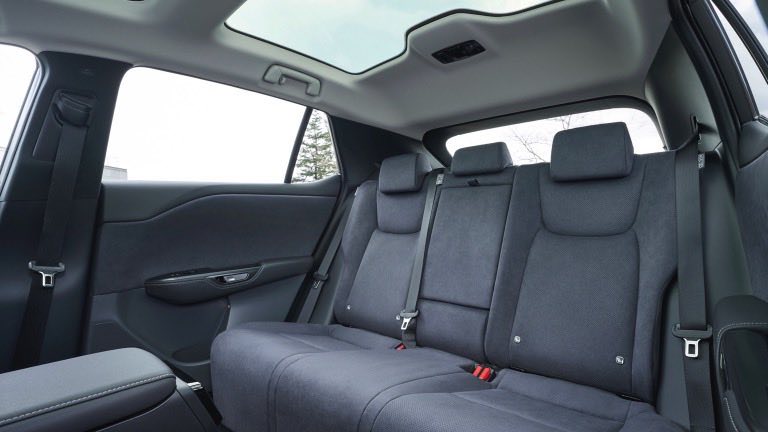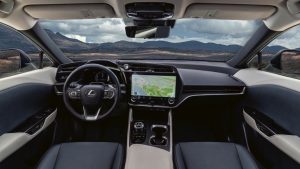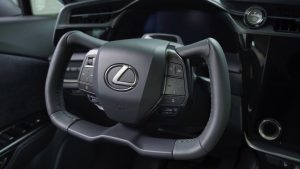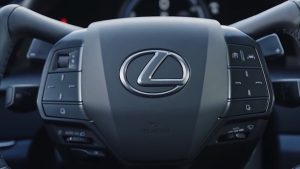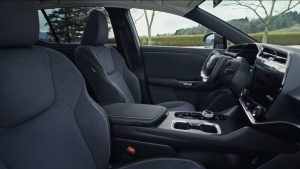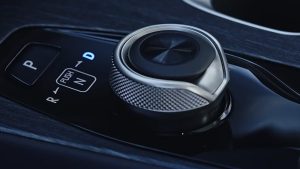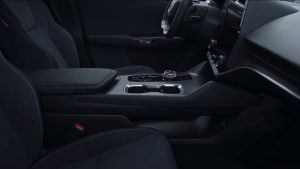Lexus RZ 450e
The Lexus RZ 450e is an upcoming electric crossover SUV from the Japanese luxury automaker, Lexus. It is expected to be released in late 2021 or early 2022.
The RZ 450e will be Lexus’ first electric vehicle, and it will be built on a new electric platform developed by parent company Toyota. It is expected to have a range of around 350 km on a single charge, and it will be powered by a dual-motor electric drivetrain that delivers up to 402 horsepower.
The interior of the RZ 450e is expected to be luxurious and high-tech, with premium materials and state-of-the-art infotainment systems. It will also feature advanced driver assistance technologies, including autonomous driving capabilities.
Overall, the Lexus RZ 450e is expected to be a high-performance electric crossover SUV that offers a combination of luxury, technology, and performance. It will compete with other premium electric SUVs, such as the Tesla Model X, Audi e-tron, and Mercedes-Benz EQC.
| Performance | |
| Acceleration 0 – 100 km/h | 5.6 sec |
| Top Speed | 160 km/h |
| Electric Range | 350 km |
| Total Power | 230 kW (313 PS) |
| Total Torque | 435 Nm |
| Drive | AWD |
| Battery and Charging | |
| Battery Capacity | 75.0 kWh |
| Battery Useable | 71.4 kWh |
| Europe | |
| Charge Port | Type 2 |
| Port Location | Left Side – Front |
| Charge Power | 6.6 kW AC |
| Charge Time (0->350 km) | 12h45m |
| Charge Speed | 28 km/h |
| Fastcharge Port | CCS |
| FC Port Location | Left Side – Front |
| Fastcharge Power (max) | 150 kW DC |
| Fastcharge Time (35->280 km) | 32 min |
| Fastcharge Speed | 450 km/h |
| Energy Consumption | |
| EVDB Real Range | |
| Range | 350 km |
| Vehicle Consumption | 204 Wh/km |
| CO2 Emissions | 0 g/km |
| Vehicle Fuel Equivalent | 2.3 l/100km |
|
Rated = official figures as published by manufacturer. Rated consumption and fuel equivalency figures include charging losses.
|
|
|
Vehicle = calculated battery energy consumption used by the vehicle for propulsion and on-board systems.
|
|
| Real Energy Consumption Estimation between 141 – 286 Wh/km | |
| City – Cold Weather | 204 Wh/km |
| Highway – Cold Weather | 286 Wh/km |
| Combined – Cold Weather | 242 Wh/km |
| City – Mild Weather | 141 Wh/km |
| Highway – Mild Weather | 227 Wh/km |
| Combined – Mild Weather | 181 Wh/km |
|
Energy use for each trip will vary considerably depending on the driver and the conditions. Therefore, we have provided a range of estimates which can be useful in developing an understanding of the potential benefits of this technology.
|
|
| Dimensions and Weight | |
| Length | 4805 mm |
| Width | 1895 mm |
| Width with mirrors | No Data |
| Height | 1635 mm |
| Wheelbase | 2850 mm |
| Weight Unladen (EU) | 2296 kg |
| Gross Vehicle Weight (GVWR) | No Data |
| Max. Payload | No Data |
| Cargo Volume | No Data |
| Cargo Volume Max | No Data |
| Cargo Volume Frunk | No Data |
| Roof Load | No Data |
| Tow Hitch Possible | Yes |
| Towing Weight Unbraked | 750 kg |
| Towing Weight Braked | 750 kg |
| Vertical Load Max | No Data |
| Miscellaneous | |
| Seats | 5 people |
| Isofix | Yes, 2 seats |
| Turning Circle | No Data |
| Platform | TMC E-TNGA |
| Car Body | SUV |
| Segment | JD – Large |
| Roof Rails | No Data |
| EV Dedicated Platform | Yes |
Home and Destination Charging (0 -> 100%)
A public charging station is required to use the highest possible charging rate. The EVSE/charging station’s charging capacity affects how long it takes to fully charge the battery. The table below shows all possible options for fully charging the Lexus RZ 450e.
In Europe, plugging an electric car into an outlet is often as easy as plugging it into a household outlet, but there are differences from country to country. The table below shows the different ways to charge the Lexus RZ 450e, but in some countries some chargers may not be available.
Type 2 (Mennekes – IEC 62196)

| Charging Point | Max. Power | Power | Time | Rate |
|
Standard 6.6 kW On-Board Charger
|
||||
| Wall Plug (2.3 kW) | 230V / 1x10A | 2.3 kW | 36h45m | 10 km/h |
| 1-phase 16A (3.7 kW) | 230V / 1x16A | 3.7 kW | 22h45m | 15 km/h |
| 1-phase 32A (7.4 kW) | 230V / 1x29A | 6.6 kW | 12h45m | 27 km/h |
| 3-phase 16A (11 kW) | 230V / 1x16A | 3.7 kW | 22h45m | 15 km/h |
| 3-phase 32A (22 kW) | 230V / 1x29A | 6.6 kW | 12h45m | 27 km/h |
|
Optional 11.0kW On-Board Charger
|
||||
| Wall Plug (2.3 kW) | 230V / 1x10A | 2.3 kW | 36h45m | 10 km/h |
| 1-phase 16A (3.7 kW) | 230V / 1x16A | 3.7 kW | 22h45m | 15 km/h |
| 1-phase 32A (7.4 kW) | 230V / 1x32A | 7.4 kW | 11h30m | 30 km/h |
| 3-phase 16A (11 kW) | 400V / 3x16A | 11 kW | 7h45m | 45 km/h |
| 3-phase 32A (22 kW) | 400V / 3x16A | 11 kW | 7h45m | 45 km/h |
Fast Charging (10 -> 80%)
If you want to enjoy driving an electric car, one of the most important features to consider is the number of miles per hour the car can travel while charged. This is called the “range” of the car. All electric cars have a certain range, even if they are 100% charged. This is because they do not have an internal combustion engine to lean on if you need to drive a long distance.
Max. Power: The maximum power provided by the charging point
Avg. Power: The average power provided by the charging point during a session of 10% to 80%.
Time: the time it takes to charge from 10% to 80%
Speed: the average charging rate during the session of 10% to 80%
Combined Charging System (CCS Combo 2)
| Charging Point | Max. Power | Avg. Power | Time | Rate |
| CCS (50 kW DC) | 50 kW | 45 kW | 70 min | 210 km/h |
| CCS (100 kW DC) | 100 kW | 80 kW | 39 min | 370 km/h |
| CCS (150 kW DC) | 150 kW | 100 kW | 32 min | 450 km/h |
| Brand | Lexus |
| Model | RZ 450e |
| Body Style | SUV |
| Car Engine | electric |
| Motor power | 230 |
| Maximum Torque, Nm | 435 |
| Battery Energy, kWh | 75.0 |
| Power reserve (NEDC/EPA/WLTP), km | - / - / 350 |
| Level Charging (230/400/DC), hours | 11.3 / 7.45 / 0.32 |
| Electrical Acceleration, 0-100 km/h (0-62.1 mph) in sec | 5.6 |
| Top Speed, km/h | 160 |
